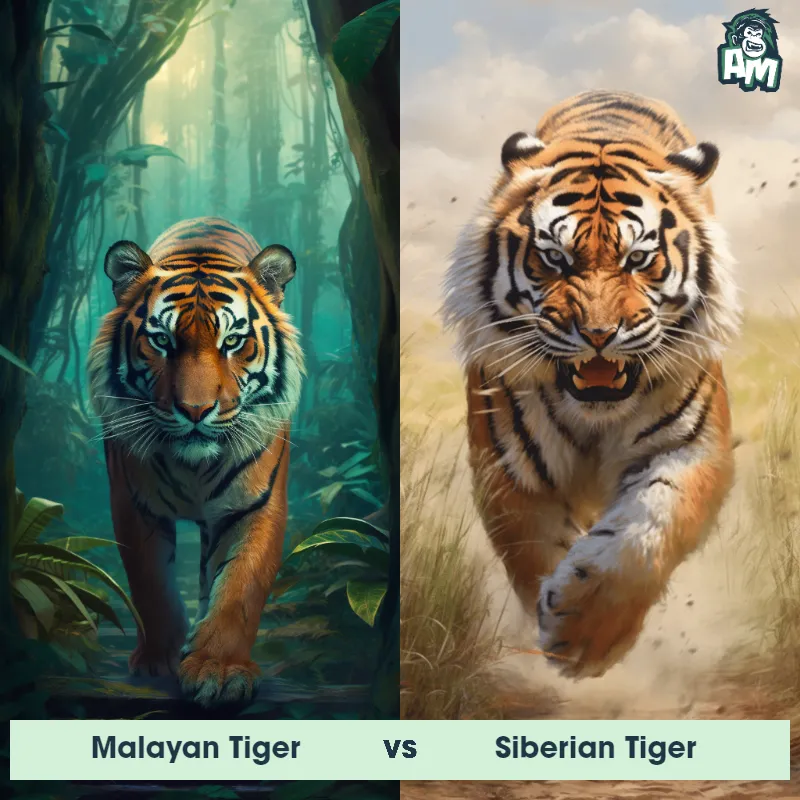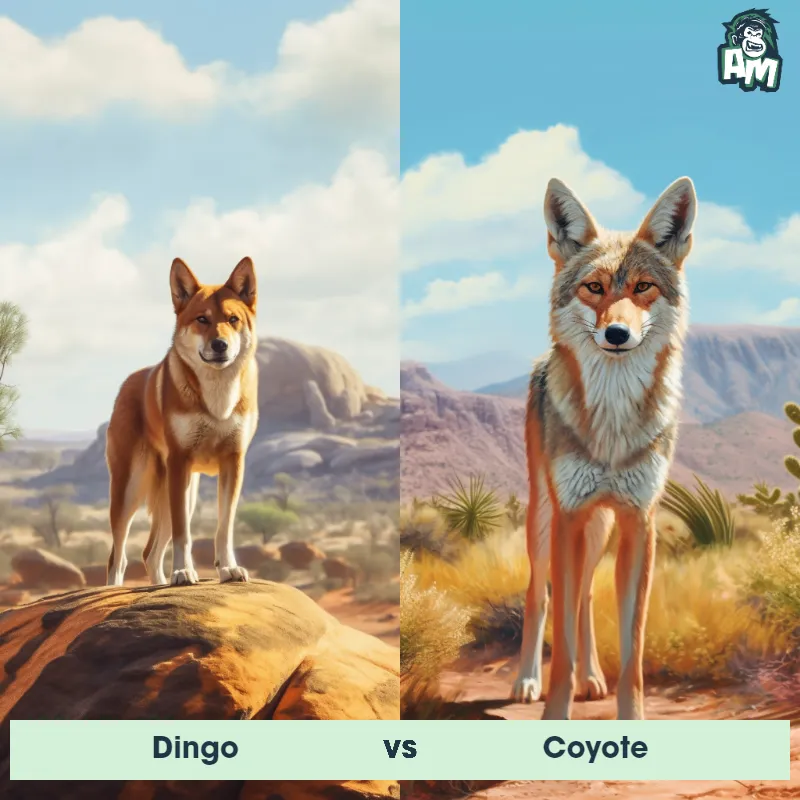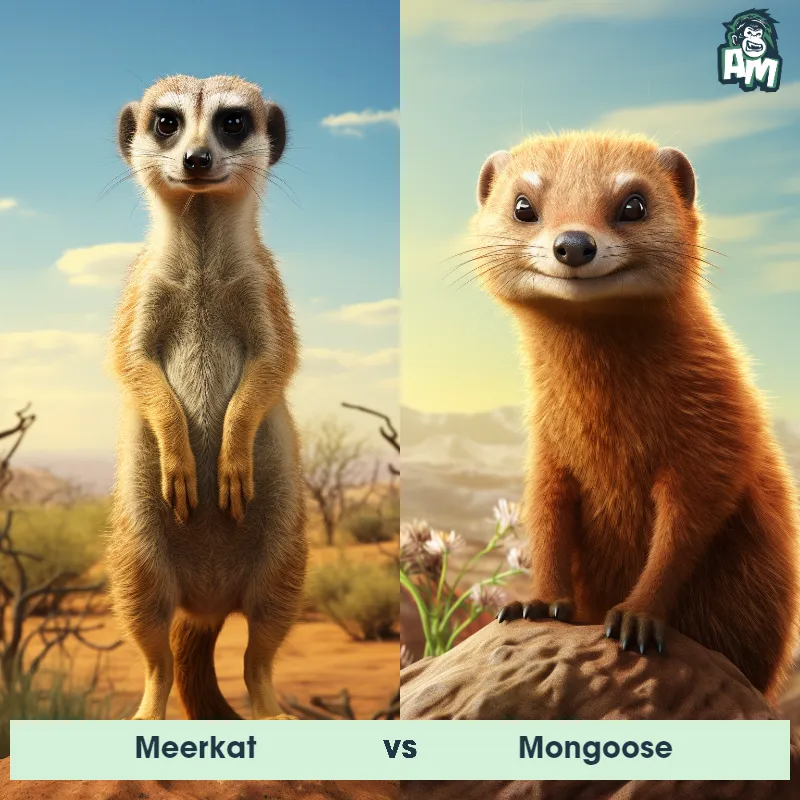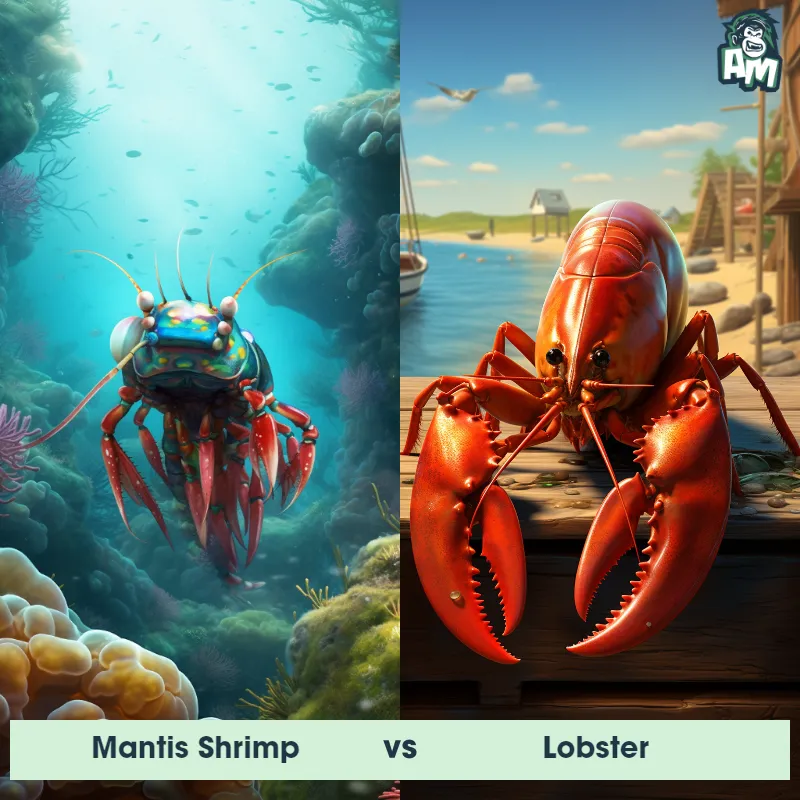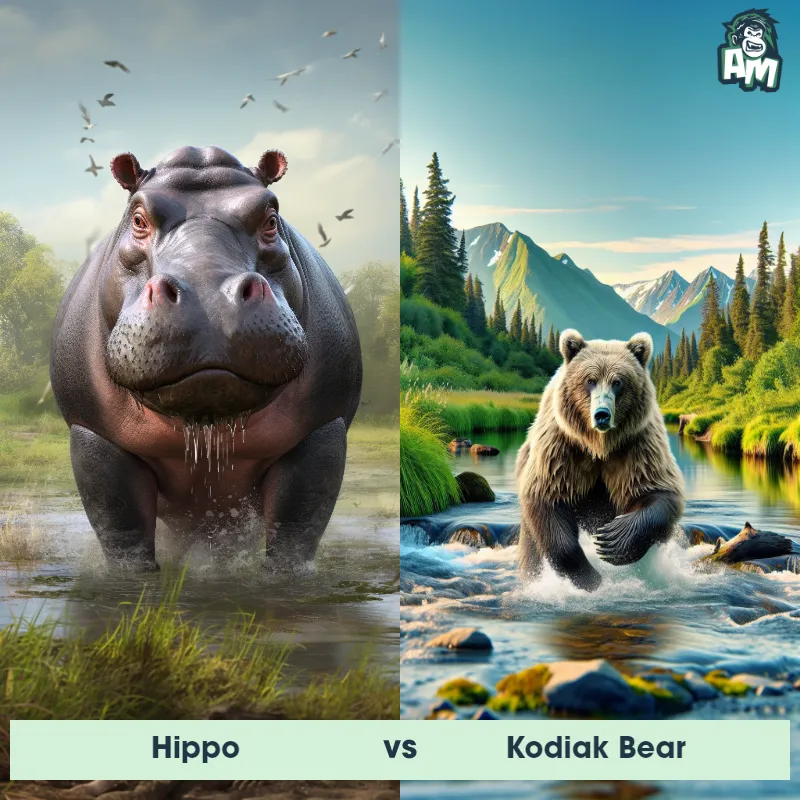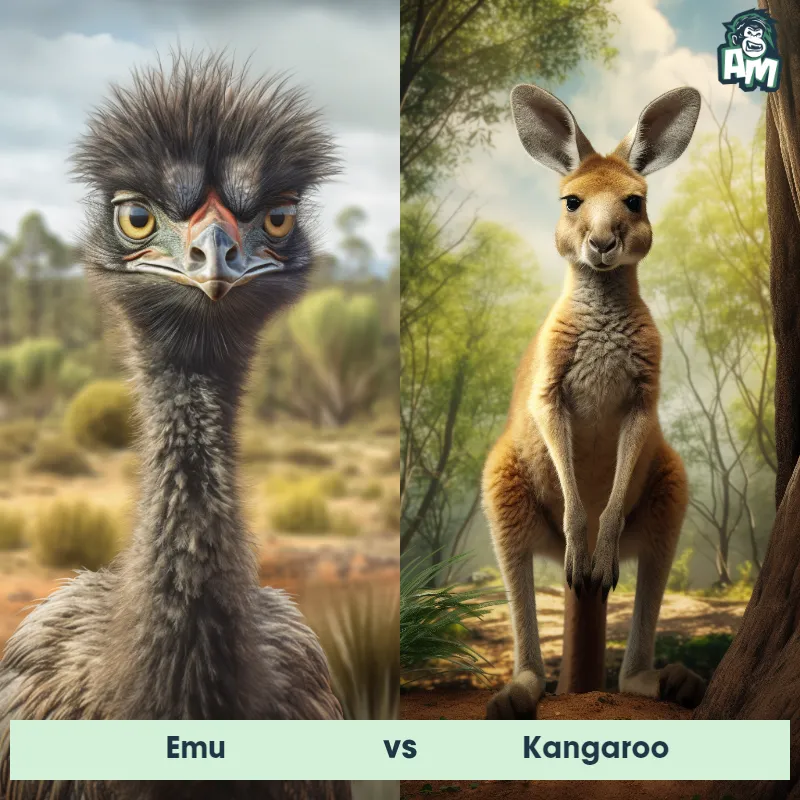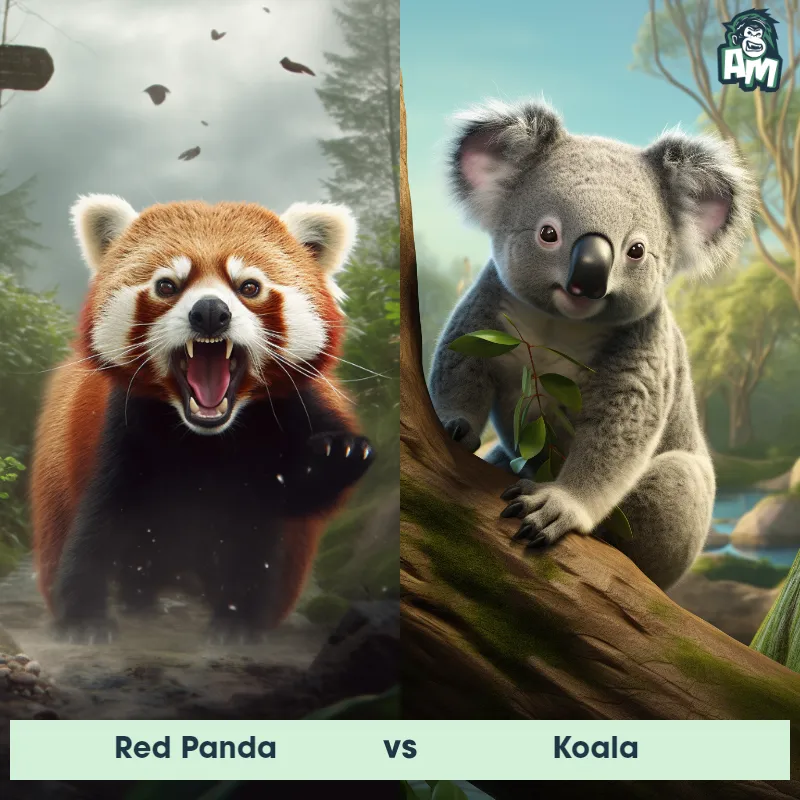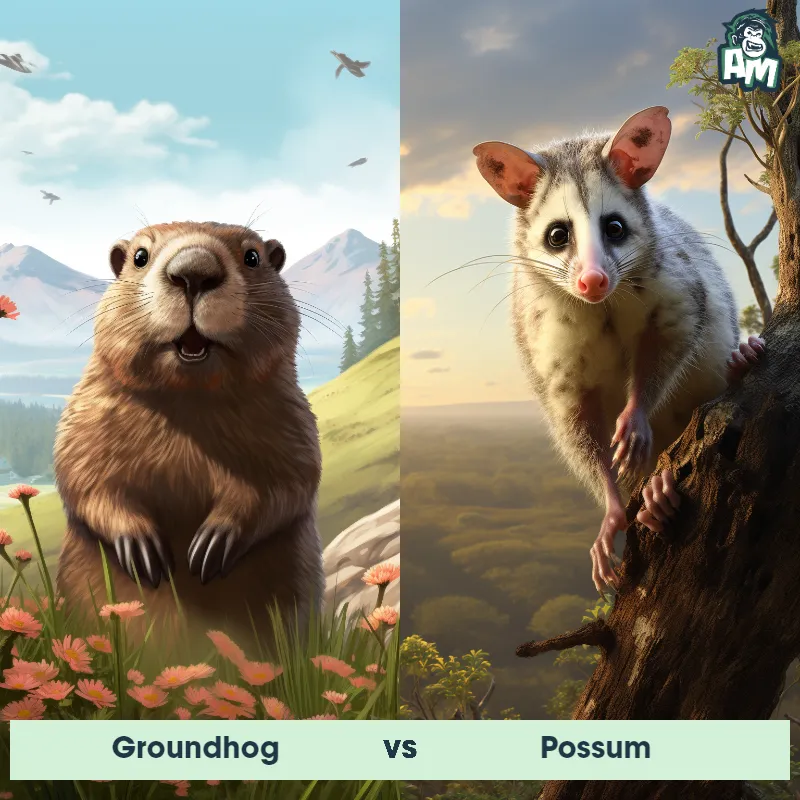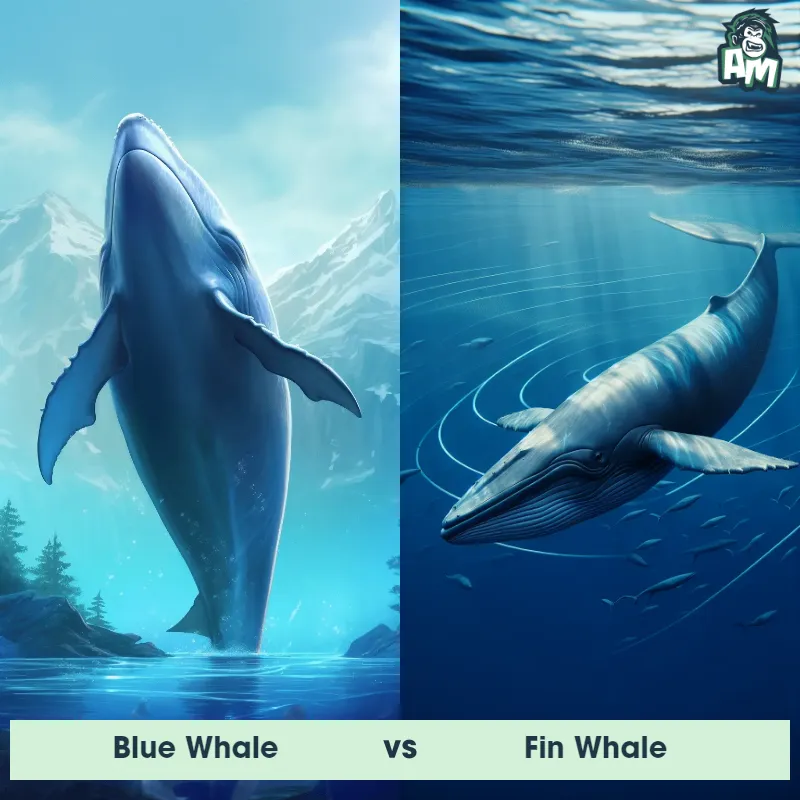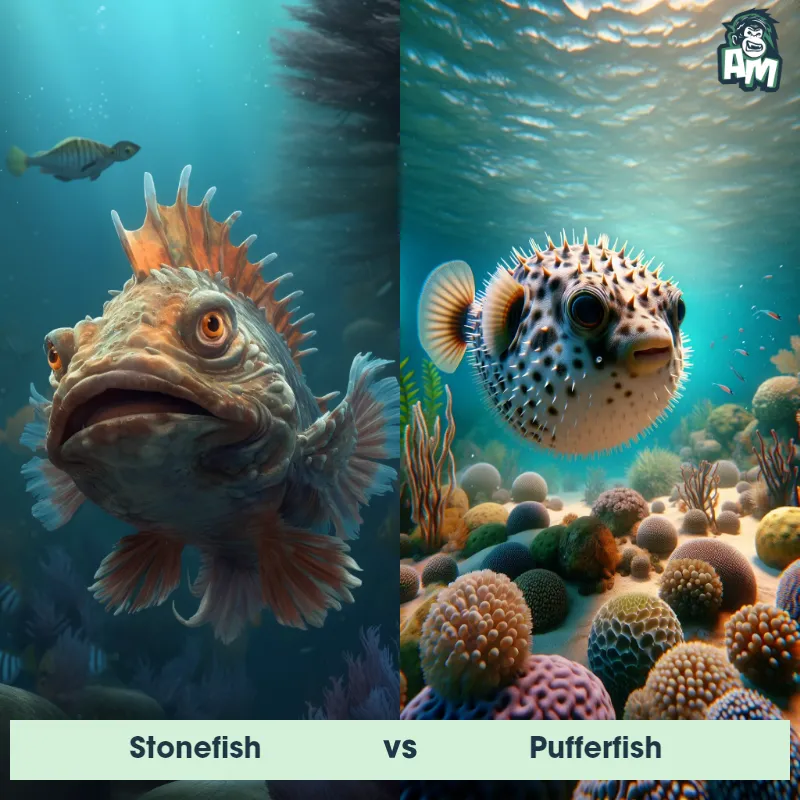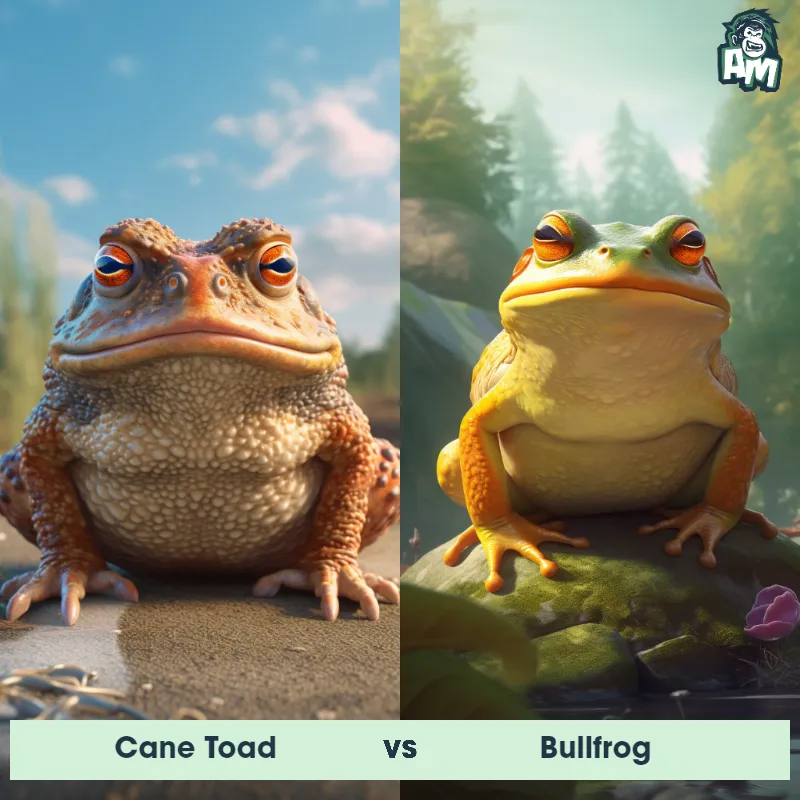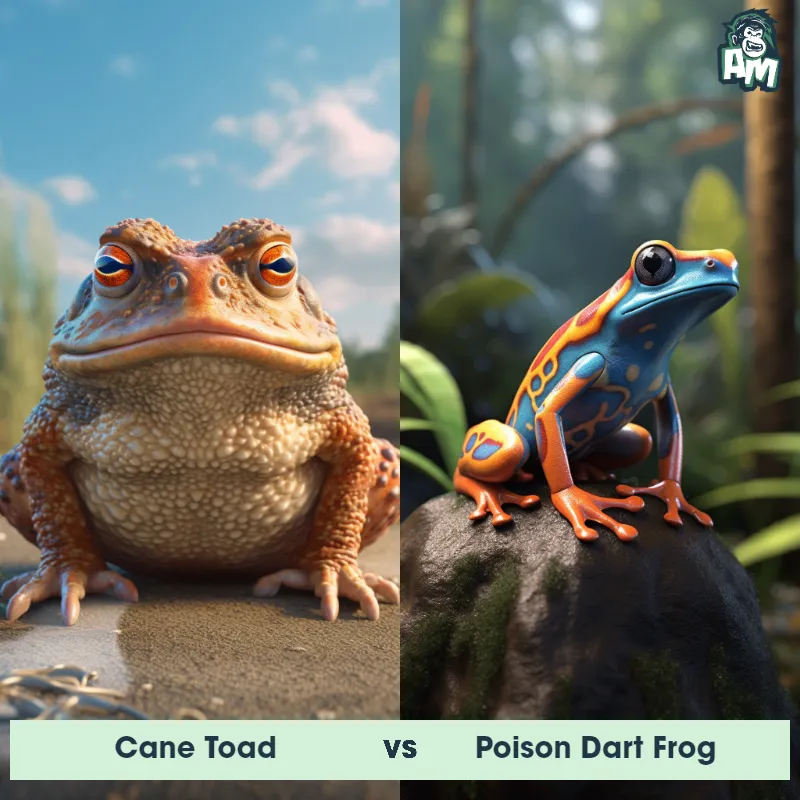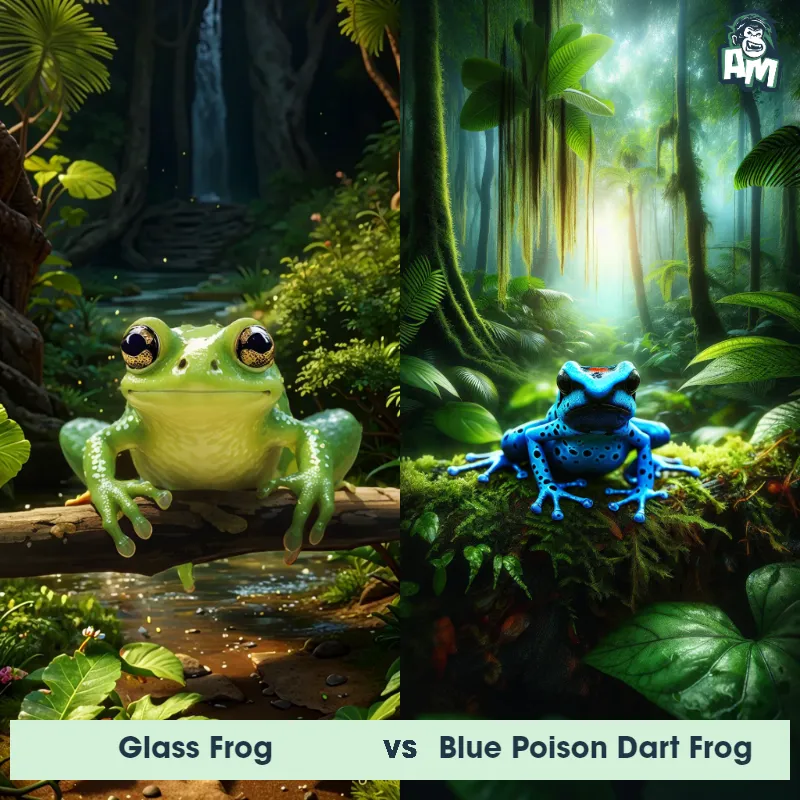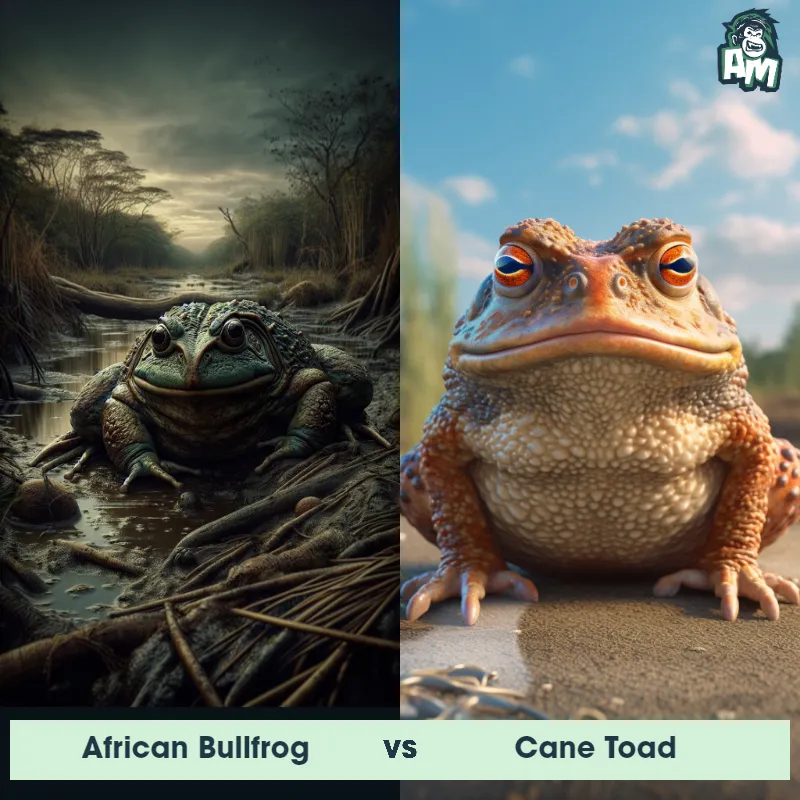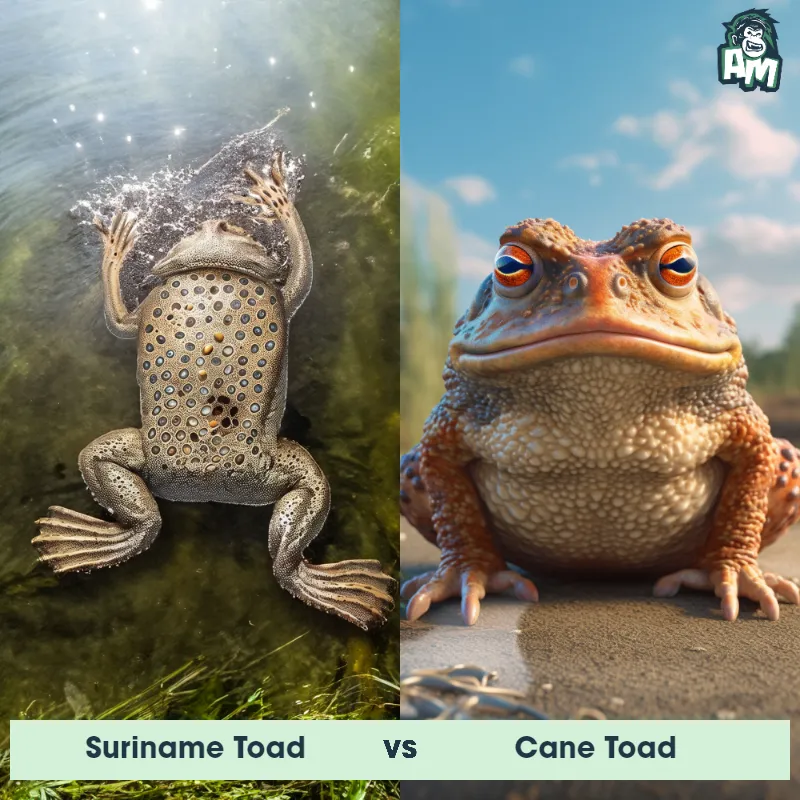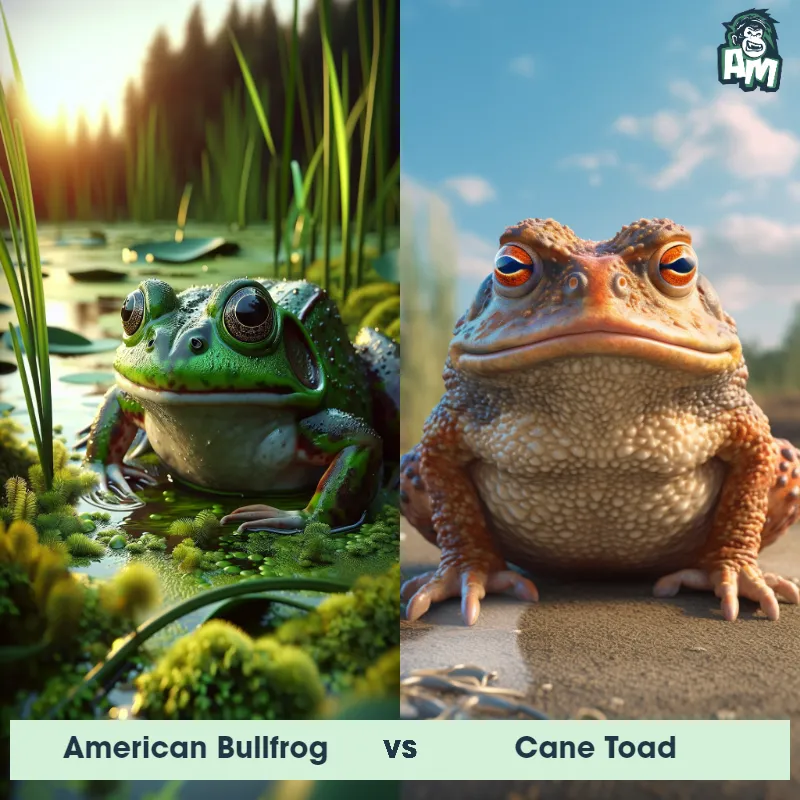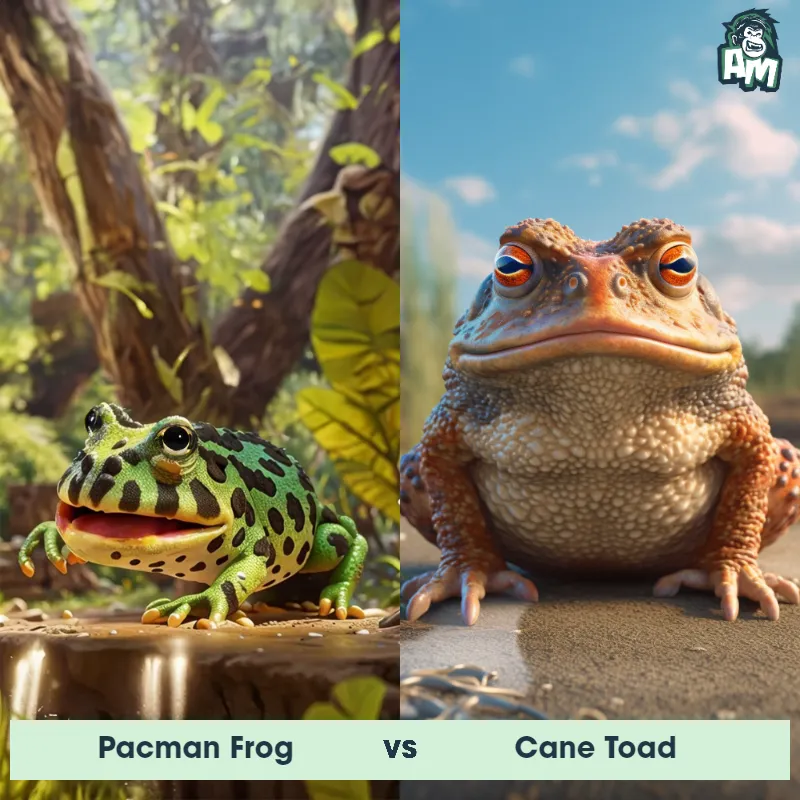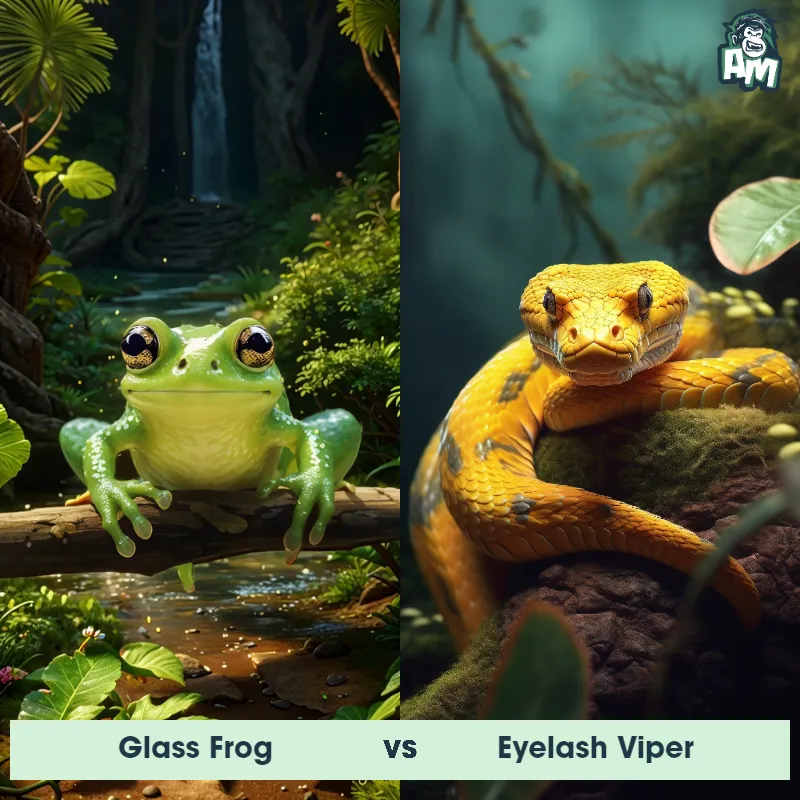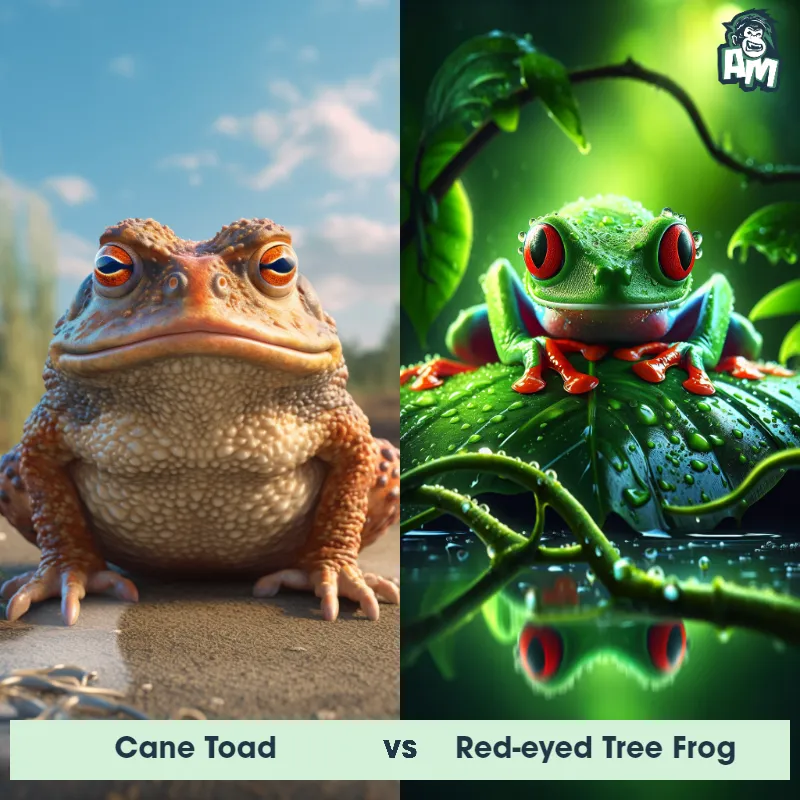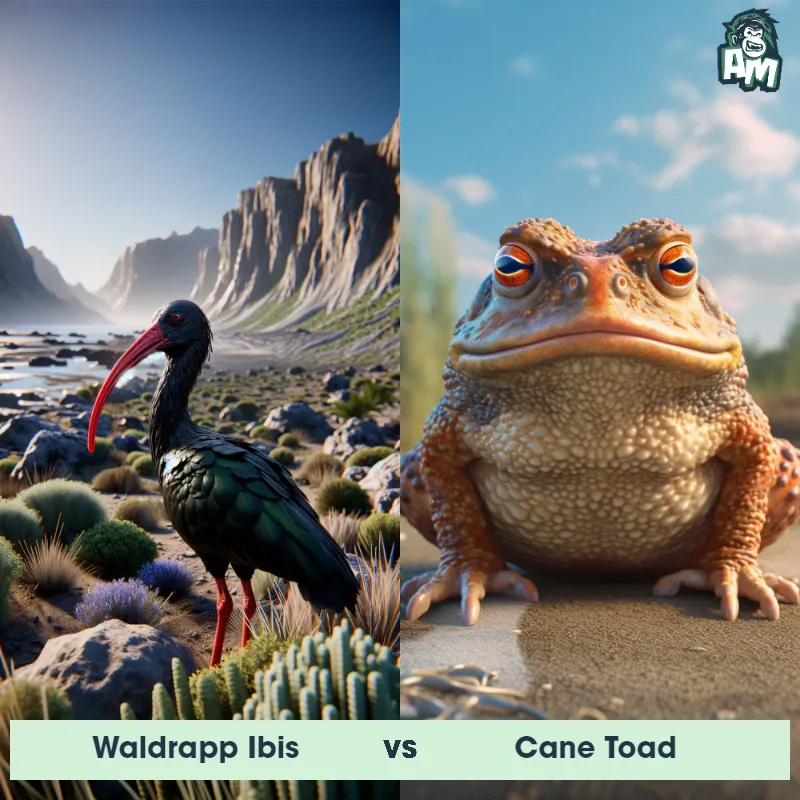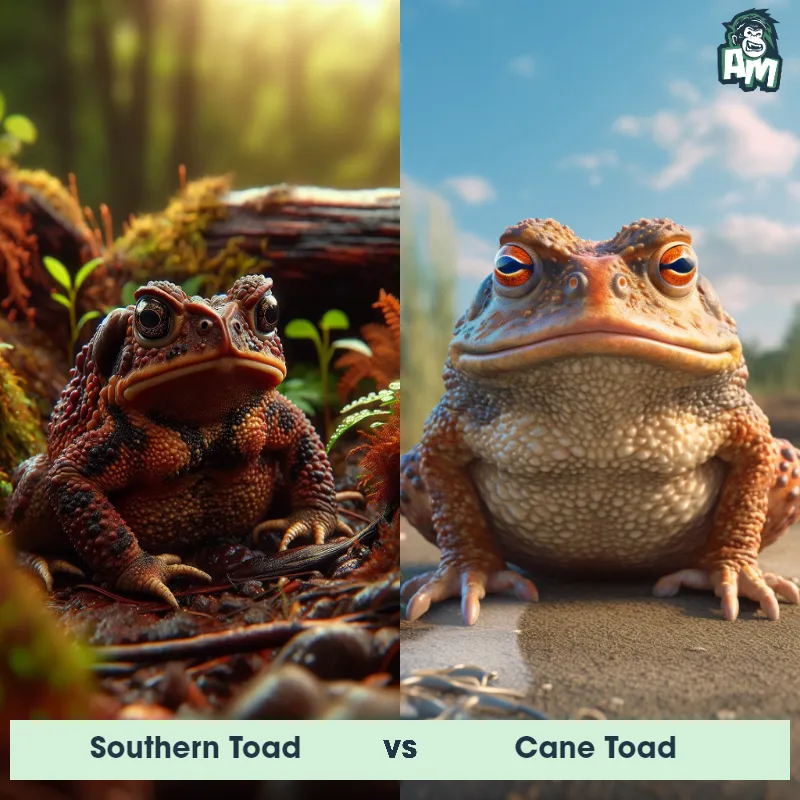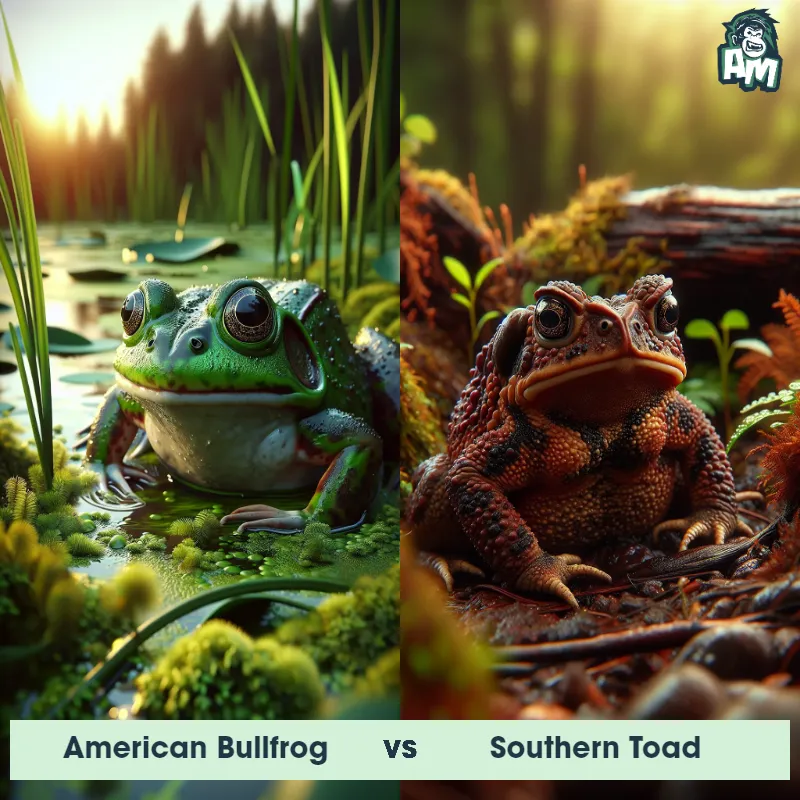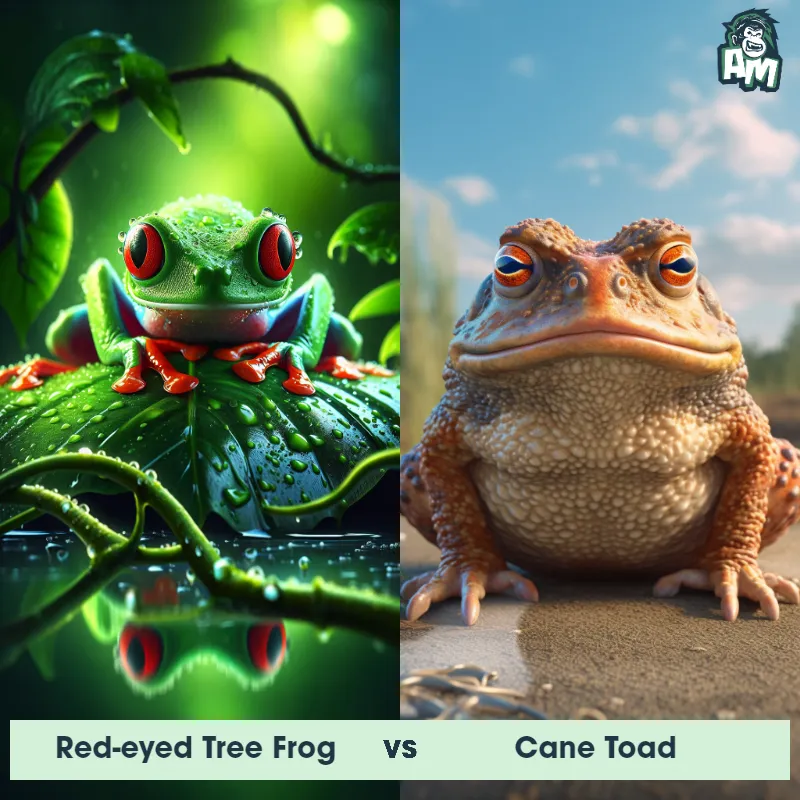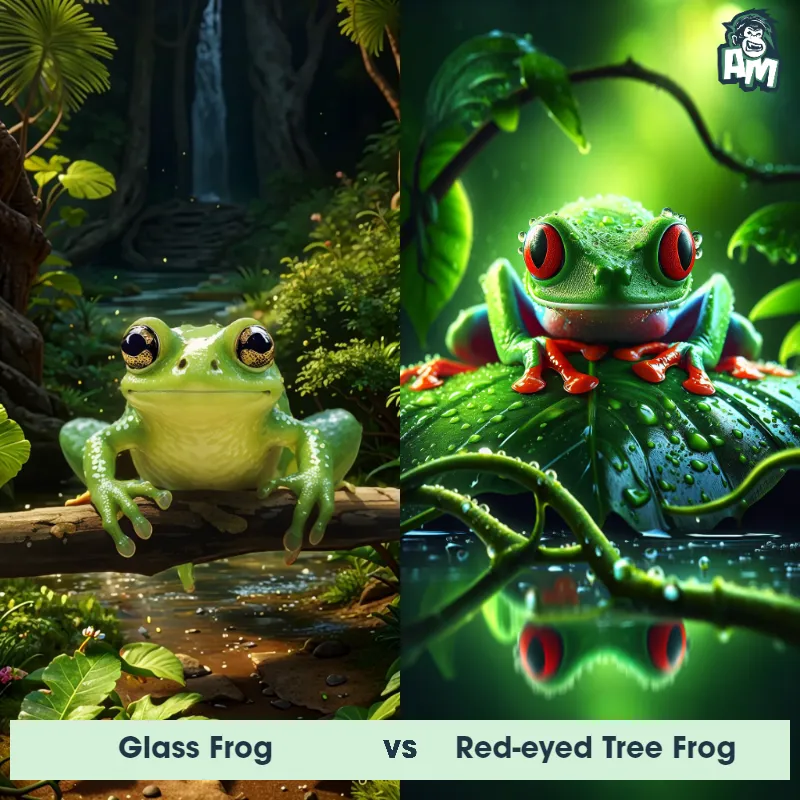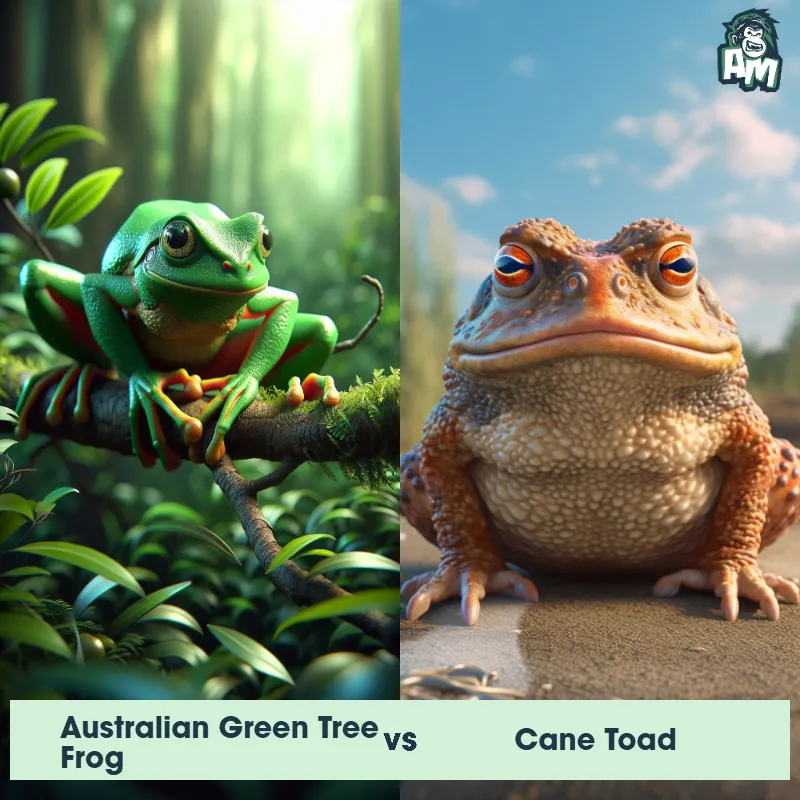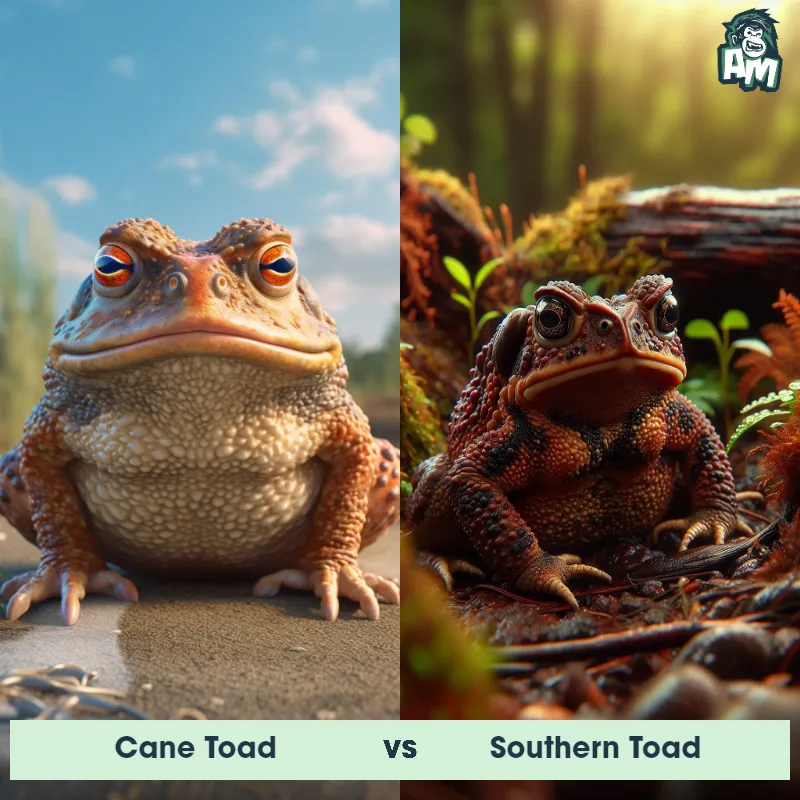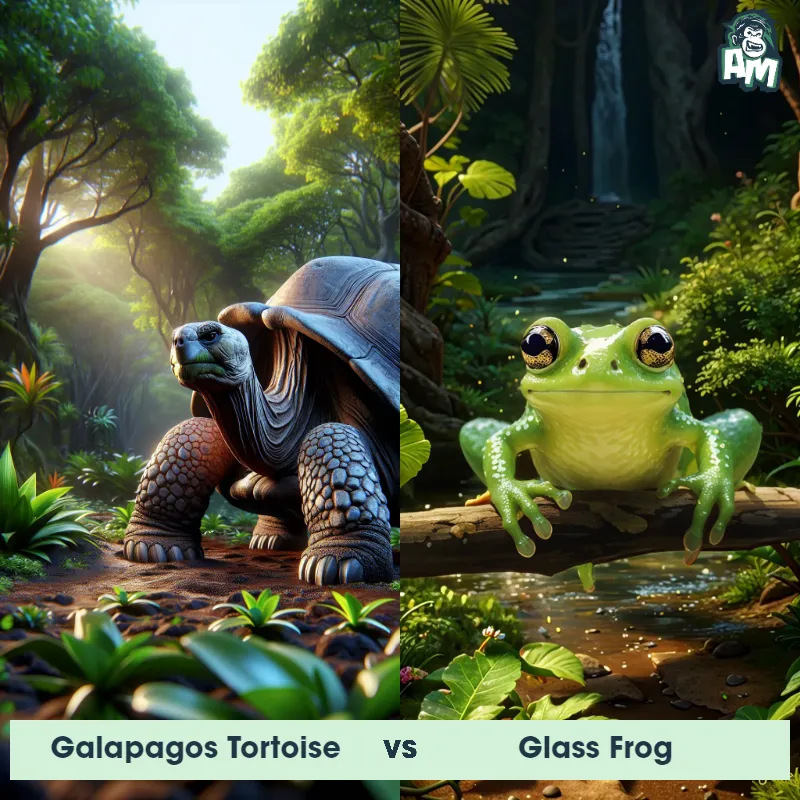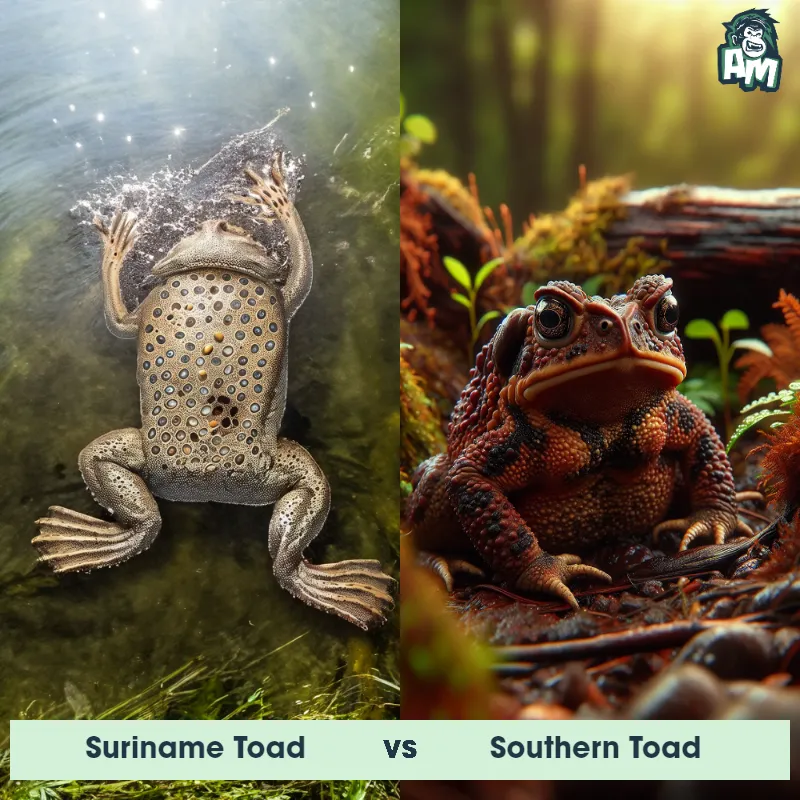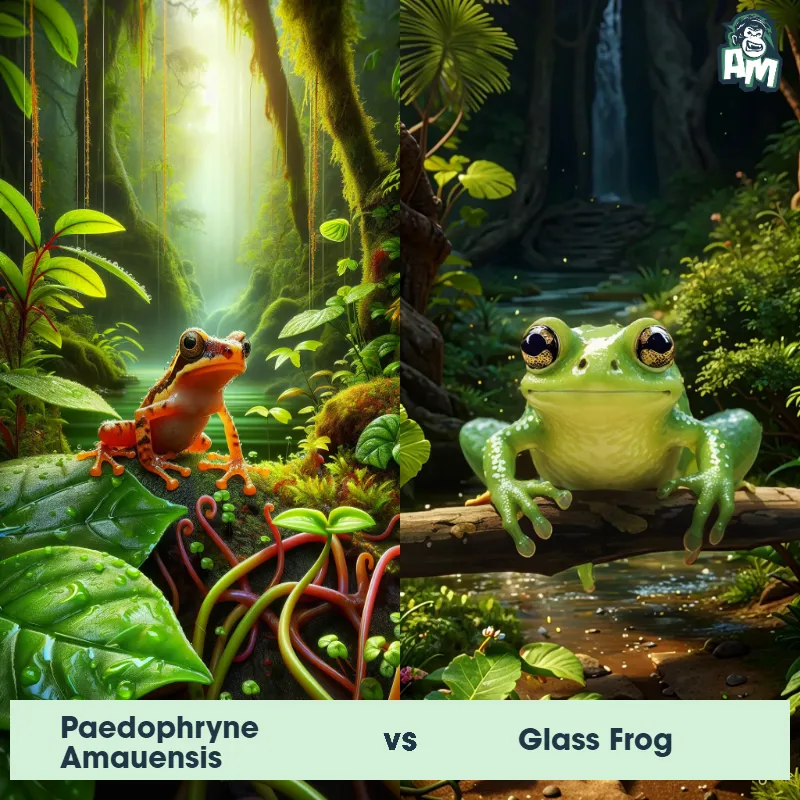Cane Toad vs Glass FrogSee Who Wins

Welcome to this epic showdown between the Cane Toad and the Glass Frog! Both competitors are ready to display their skills and vie for victory in this three-round battle. Let's see who comes out on top in this unique matchup between these two amphibian opponents.
Contender 1: Cane Toad
The Cane Toad, also known as the Bufo marinus, is a large, terrestrial amphibian that can grow up to 9 inches in length. They have dry, warty skin that is typically brown or gray in color, with a creamy underbelly. Cane Toads are known for their distinctive parotoid glands located behind their eyes, which secrete a toxic substance that can be harmful to predators. They are native to Central and South America but have been introduced to other parts of the world, including Australia, where they are considered an invasive species.
Fun Fact: Cane Toads were introduced to Australia in the 1930s in an attempt to control the population of beetles that were damaging sugar cane crops, but the plan backfired as the toads had no natural predators and began to spread rapidly, causing harm to native wildlife.
Contender 2: Glass Frog
The Glass Frog, also known as the "see-through frog," is a unique amphibian found in Central and South America. These frogs are known for their translucent skin, which allows you to see their internal organs through their abdomen. Despite their fragile appearance, Glass Frogs are excellent jumpers and climbers. They have green skin on their back, creating excellent camouflage in their jungle habitat.
Fun Fact: One fascinating fact about Glass Frogs is that only the males are responsible for guarding the eggs after they are laid, resting on the underside of leaves to protect them from predators and keep them moist until they hatch.
Matchup Stats
| Cane Toad | Glass Frog | |
|---|---|---|
| Size | Up to 9 inches (22.86 cm) | 0.8 - 3 inches (2 - 7.5 cm) |
| Weight | Up to 4 pounds (1.81 kg) | 0.2 - 0.7 ounces (5 - 20 grams) |
| Speed | Speed: 5 mph (8 km/hr) | 7mph (11km/h) |
| Key Strength | Parotoid glands secrete toxic substance | Superior jumping abilities |
| Biggest Weakness | Slow movement | Fragile skin |
Current Votes
Cane Toad vs Glass Frog
See Who Wins
View More Matches
Looking For More?
Similar Matches
Scientific Stats
| Cane Toad | Glass Frog | |
|---|---|---|
| Scientific Name | Bufo marinus | Centrolenidae |
| Family | Bufonidae | Centrolenidae |
| Habitat | Terrestrial | Tropical rainforests |
| Geography | Native to Central and South America, introduced to other parts of the world | Central and South America |
| Diet | Insects, small animals, plants | Insects |
| Lifespan | 5 years - 10 years | 7 years - 14 years |
Key Differences between Cane Toad and Glass Frog
- Color: The Cane Toad has rough, bumpy skin that is usually brown, grey, or olive in color, while the Glass Frog has smooth, translucent skin that is primarily green with visible internal organs.
- Eyes: The Cane Toad has large, bulging eyes located towards the top of its head, while the Glass Frog has smaller, round eyes located towards the sides of its head.
- Habitat: Cane Toads are typically found in terrestrial habitats such as gardens, lawns, and agricultural fields, whereas Glass Frogs are arboreal species that primarily inhabit trees and shrubs near streams.
- Size: The Cane Toad is significantly larger than the Glass Frog, with an average length of 4 to 6 inches compared to the Glass Frog's 1 to 3 inches.
- Vocalization: Cane Toads produce deep, resonant calls that sound like a long, musical trill, whereas Glass Frogs produce high-pitched chirps and whistles that are often used for communication and courtship.
- Legs: Cane Toads have short, stout legs adapted for hopping, while Glass Frogs have long, slender legs with sticky toe pads for climbing.



